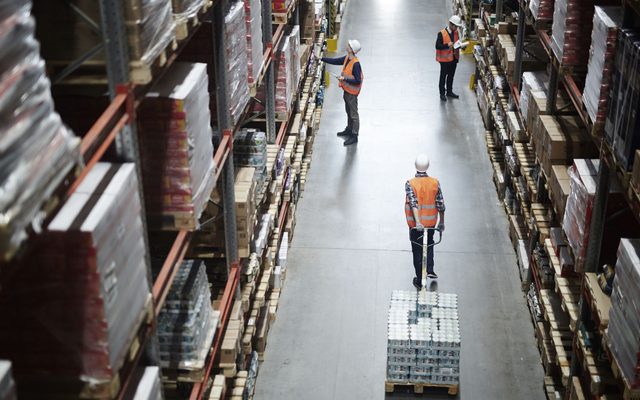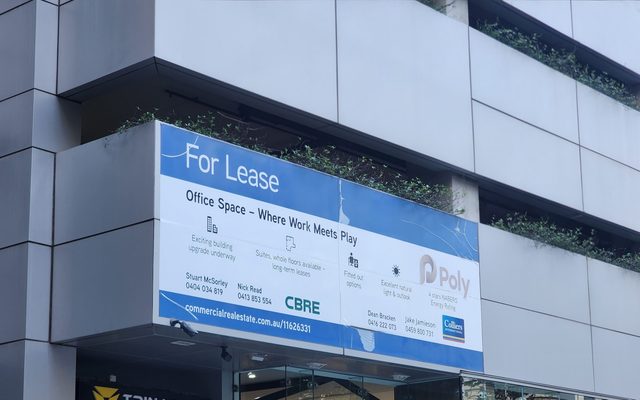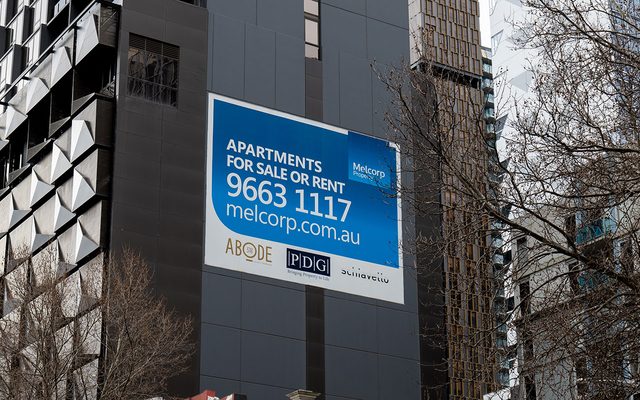This article is from the Australian Property Journal archive
HOUSE prices in all capital cities fell throughout the March quarter, as Hobart and Adelaide fell into negative territory for the first time in six years.
Data from the Australian Bureau of Statistic showed the biggest price falls over the period were 3.9% in Sydney and 3.8% in Melbourne, which dragged the capital city average down to a 3.0% drop.
Darwin was down by 1.8%, Brisbane 1.5%, Perth 1.1% and Canberra 0.9%, while Hobart slipped 0.4% and Adelaide 0.2%.
Sydney and Melbourne posted the largest price falls over 12 months also, down 10.3% and 9.4% respectively. Darwin was next with a 4.2% fall, then Perth (down 2.7%) and Brisbane (down 1.3%).
Canberra was steady, while Hobart (4.6%) and Adelaide (0.8%) were the only cities to see gains.
ABS chief economist, Bruce Hockman said these results are in line with soft housing market indicators, with sales transactions and auction clearance rates lower than one year ago, and days on market trending higher.
“A continuation of tight credit supply and reduced demand from investors and owner occupiers has contributed to weakness in property prices in all capital cities this quarter,” he said.
The total value of Australia’s 10.3 million residential dwellings fell by $172.7 billion to $6.6 trillion throughout the quarter, for a fourth consecutive quarterly decrease, down from $6.957 trillion in the March quarter 2018.
Recent CoreLogic data shows the house price downturn in Sydney and Melbourne has continued to ease, as the country moves on from the shock federal election result, as well as the easing of credit restrictions and further interest rate cuts.
Sydney prices fell by 0.5% over May, according to CoreLogic, and by 0.3% in Melbourne, for total falls of 14.9% and 11.1% since their respective peaks in 2017, and 10.7% and 9.9% since May last year. Values dropped 0.4% nationally, the smallest month-on-month decline in 12 months.
Capital Economics recently upgraded its outlook for the housing market, citing rising auction clearance rates and sales-to-new listings; expected interest rate cuts; APRA being set to relax lending restrictions for mortgage loans; developers responding to the slump in demand by curtailing supply, and previous falls in house prices making housing less overvalued.
It expects just a further 3% to be shaved off values, equating to a 13% peak-to-trough fall, and a much shorter and tighter overall slump than the firm’s previous forecast of a national drop of 15% that would be drawn out until at least March next year.
AMP Capital also recently announced a more upbeat forecast, and is now expecting Sydney home prices to record a 19% top-to-bottom fall and Melbourne 15%, and the national average to 12% with prices likely to bottom by year end.
“However, given still poor affordability, still very high debt levels, tighter lending standards and rising unemployment a quick return to boom time conditions is most unlikely,” AMP Capital chief economist, Shane Oliver said.




